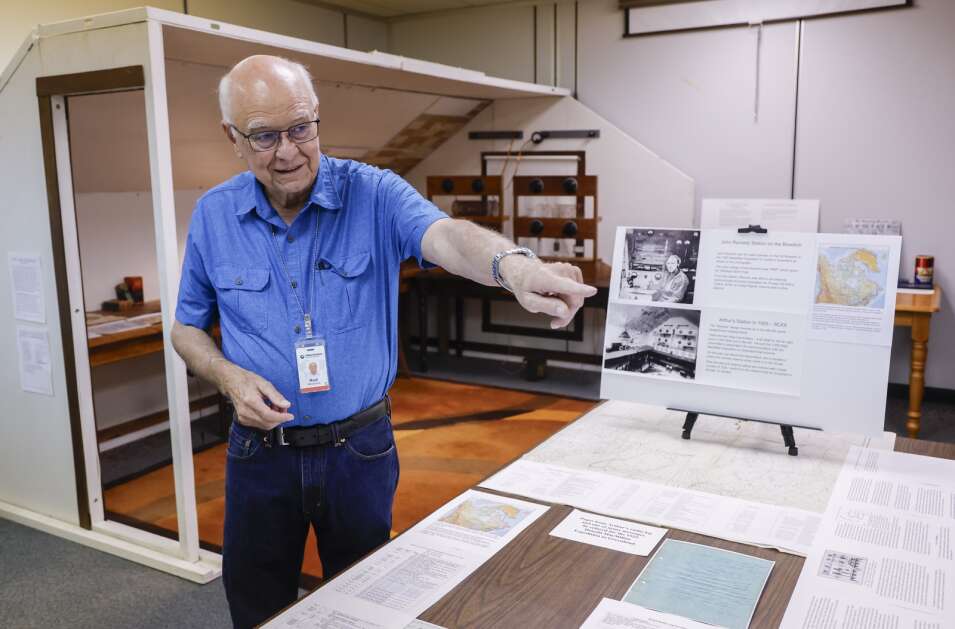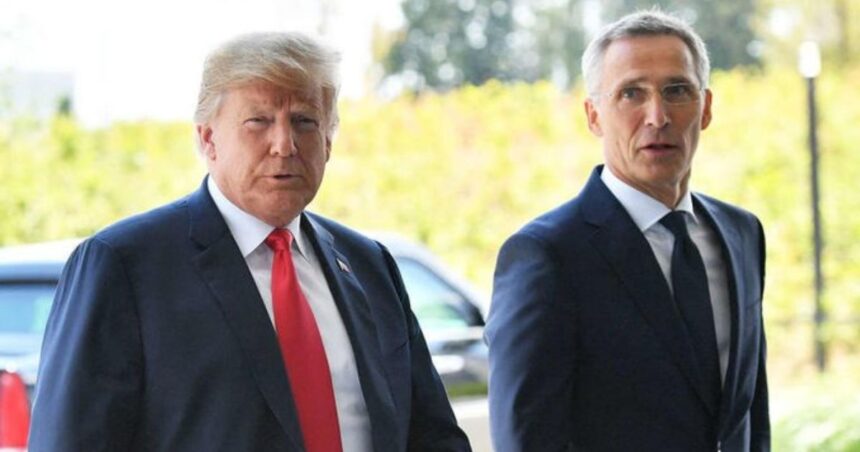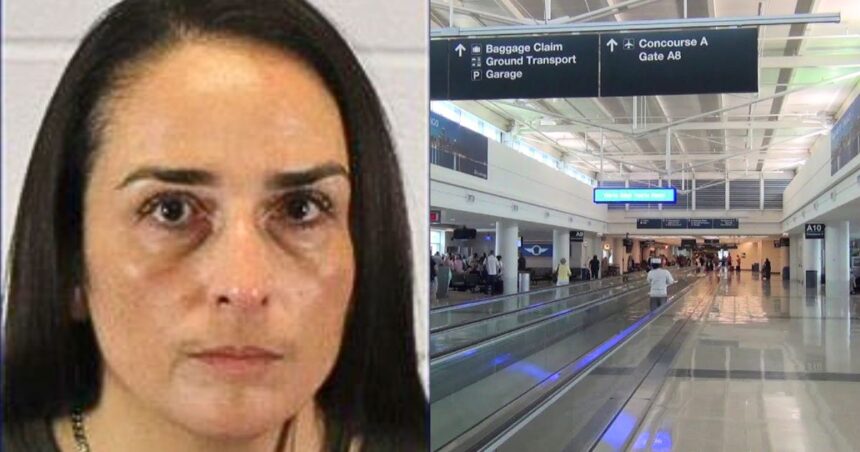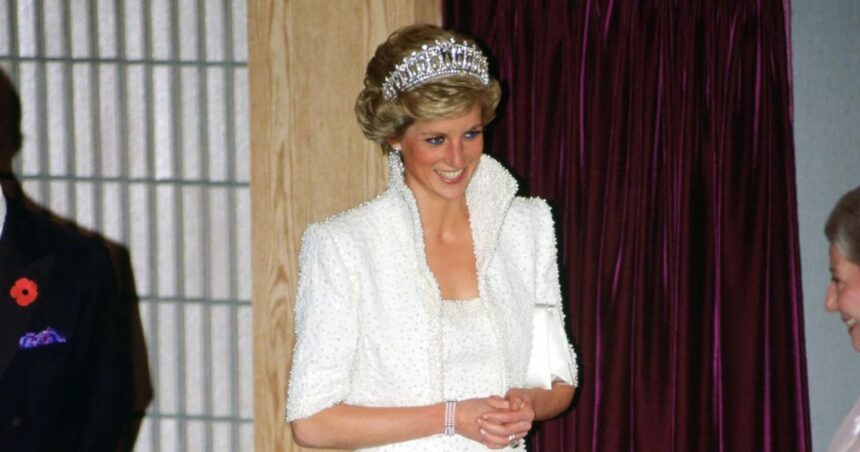The Gazette uses Instaread to provide audio versions of its articles. Some words might not be spoken correctly.
CEDAR RAPIDS A youngster from Cedar Rapids had a direct line to one of the most remote locations on the planet decades before international direct dialing would be made possible and years before the first transatlantic phone call.
And from an attic on Fairview Drive, a 15-year-old’s ham radio was bringing the world and Arctic explorers together decades before firms like Collins Radio and Rockwell Collins grew into multibillion-dollar conglomerates.
In what The Evening Gazette in Cedar Rapids hailed as a new chapter in radio history, Arthur A. Collins made headlines on August 3, 1925, when he became the first person to speak with MacMillan scientific explorers in Etah, Greenland, using short-length radio waves.
His crude invention would serve as their link to the globe and the Chief of Naval Operations at National Geographic for weeks.
He has already communicated with the world before. He had already conducted wireless conversations with persons in Guam, India, Australia, Belgium, England, Mexico, Puerto Rico, and Scotland.
However, this excitement served as the impetus for the beginning of not just his own career but also the careers of thousands of Cedar Rapids residents whose technology still influences significant global events today.
According to a 1925 article in The Gazette, he had never had such an excitement as when he spoke with his friend on the renowned expedition headed north to investigate a mysterious continent.
How he did it
It was made possible by an understanding of the radio wave propagation phenomenon.
The foundation for wireless telegraphy in the United Kingdom was laid by Italian inventor Guglielmo Marconi, who is mostly credited with creating the radio, at the turn of the 20th century. However, the technique was still comparatively outdated by 1925.
The Arctic expedition’s sponsor, the U.S. Navy, was a strong supporter of long-wave radio technology in the 1920s. However, Collins and his mentor, shortwave radio pioneer John L. Reinartz, had different plans.
According to Mike Dupree, president of the Arthur A. Collins Legacy Association, “Collins has a lot of inventions.” However, his greatest accomplishment is bringing all of these technologies to life.
AM radio stations employ longer radio waves, which have a tendency to follow the earth’s surface and weaken with distance. However, the Earth’s atmosphere’s ionosphere reflects signals back with skips when the waves are shorter and higher in frequency.
According to Rod Blocksome, a founding member of the Collins Legacy Association and a retired electrical engineer from Rockwell Collins, they are conducting experiments and finding what physicists had predicted was skip propagation on shortwave frequencies, which is the ionosphere reflecting the signal back for long distances during the day. By their standards, it was an amazing station.
By 1925, Collins was aware that a few skips would get him to either the East or West coast. A practice among hams that acts as confirmation of communication, the ceiling of his attic setup was covered with QSL postcards from all over the nation, documenting his communications with amateur radio operators in morse code.
Blocksome stated, “I don’t think they realized they were talking to a 15-year-old.”
Collins utilized a 50-watt transmitter for a while, which uses less energy than many light bulbs. In 1925, the majority of amateur radio stations used 50 watts or less of power.
Collins built a 1,000-watt transmitter on a breadboard for the MacMillan Expedition using a $110 vacuum tube that his father had bought, which, when adjusted for inflation, would have cost more than $2,000 in today’s currency.
According to Blocksome, it’s advanced given the level of radio and electronics in the 1920s. He must have done a lot of independent study to come up with all of this, you know.
They were able to get to Greenland in a way that most people don’t comprehend thanks to his knowledge of propagation and earlier studies with Reinartz.
Even the US Navy, which relied on long-wave radio, was able to complete the task. The Navy lost communication with the expedition as Collins rode his bike to the Western Union station to wire critical messages to the National Geographic Society.
The majority of the messages were Naval in nature. However, some provided readers with exciting new information about discoveries in the north.
Collins once heard Americans singing “America” on board the USS Bowdoin. He missed an Eskimo performance that the MacMillan expedition was broadcasting because he couldn’t receive it, according to a subsequent account.
As he transitioned from 20-meter to 16-meter radio waves, he set records for communication throughout the course of the weeks in August 1925.
The Gazette stated on August 11, 1925, that such an accomplishment would have been strongly disparaged 2,000 years ago, and that biblical miracles were hardly more bizarre than this one.
The exhibit
You don’t have to envision what Collins’ birthplace would look like now. It is currently on display at Cedar Rapids’ Collins Aerospace Museum.
On Wednesdays, the Collins Aerospace Museum offers tours from 11:30 a.m. to 1 p.m.
To schedule a tour of the Collins Aerospace Museum, go to thecollinsstory.org or send an email to [email protected] to reach Becky Woodward. To take the trip, you must have a valid ID and advance notice.
A full-size model of Collins’ attic radio station, radio antiques, interactive items, and explanations that put a teen’s social life into context are all part of the show, which moved into the museum in July.
Visitors can observe what state-of-the-art communications technology looked like a century ago and how Collins advanced it during the 20th century using replica and real radio components.
Radio equipment, crude prototypes, scans of Collins scrapbooks and letters to National Geographic line tables, and a model of his attic are also included.
In order to encourage more children to pursue careers in science, technology, engineering, and mathematics, Blocksome, who has been giving tours since 1996, has worked to improve the museum during his retirement.
“This world will have to rely on technology, and in order to do that, we need more people in the tech fields,” he stated. Here’s one method for doing it.
Collins legacy
Collins had a knack for creativity since his father tried to increase farming’s efficiency through economies of scale. Collins Farms Co. was growing over 25,000 acres in the Cedar Rapids region at a time when Iowa was largely dominated by smaller family farms.
According to Dupree, what he was doing was very inventive.
Collins chose not to follow the traditional paths to achievement. He left high school despite being a technological prodigy.
Later on, he went to Coe College and other colleges, but he never completed his studies there. According to Dupree and Blocksome, he was asked more questions by his lecturers than he could respond to.
Collins sold radio transmitters to foreign ham operators from his basement during the Great Depression. His business employed eight people and had $25,000 in capital by 1933.
Despite his youth, quotes show that he had a progressive perspective that would define his work for decades to come and that he recognized the seriousness of his discoveries and achievements.
“The real thrill in amateur work comes not from talking to stations in distant lands or from receiving a ton of QSL cards from all over the world, although these are things to stir your imagination,” he told Radio Age Magazine in May 1926. Instead, it comes from knowing that you have accomplished something or established something that is a new step toward more perfect communication through careful and painstaking work and diligent and systematic study.
The televised Moon landing, crucial communications during World War II, reaching the Arctic, and more were all made possible by Collins and his inventions during his lifetime.
A timeless, unified vision held his subtle leadership style together. The only restriction was one’s imagination, and the possibilities were endless.
It is necessary that we marshal the combined powers of many scientific and engineering disciplines together with man s other creative and spiritual faculties in an effort to build a decent and meaningful world, Collins said.
Your ability to advance in any field will rely on your unique creativity. I implore you to let it go wild.
Collins was well-known for taking recognition for his work and avoiding media attention. Days before Apollo 11 landed on the Moon in 1969, he rejected an interview request from renowned broadcast journalist Walter Cronkite.
The late Myron Mike Wilson, the first director of quality assurance for Collins Radio Company, said he was an unusual leader willing to dig into the details without bureaucratic barriers and, at times, willing to be laissez-faire.
You could find him in a lab helping an engineer decide what the value of a capacitor could be. And yet, in the long ways, he could let hands off and let the management run the business, Wilson said in anunpublished 2022 interview with Wired Production Group. Arthur knew where the company was going to go and was supposed to go. He could go off and concentrate on a single project because he knew that management would keep it going in the right direction.
He was known to stay at work for 24 to 36 consecutive hours, getting by on catnaps at a scrupulously spotless desk. In addition to his dedication, he was known to think decades ahead of technological advances.
In 1982, people didn t have (personal computers) yet, but everybody in (Art s) office had a Hewlett-Packard PC and he hooked them up to communicate with each other, Ben Stearns, public relations manager of the Cedar Rapids Division in the 1960s and 1970s, said in a2008 issue of a Rockwell Collins employee magazine. In fact, the C-8400 Switching System they put together for the airlines was really an early forerunner of email and the internet.
The museum docents and founders of the legacy association hope the next generation lets their imagination guide them, too.
Comments: Features reporter Elijah Decious can be reached at (319) 398-8340 or [email protected].






